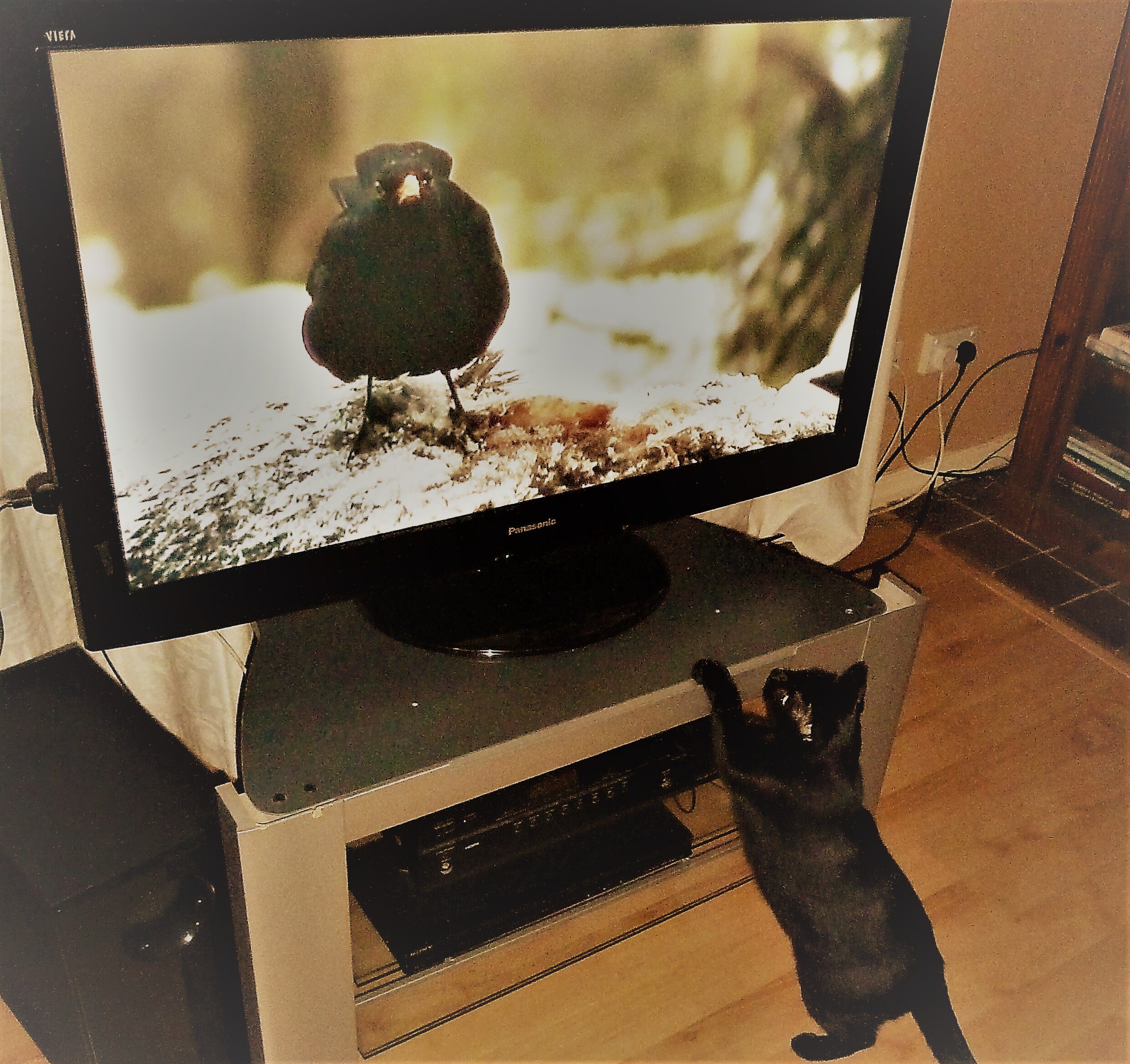Ty Watches "Snowpiercer" Series Premier
/Last week either TNT or TBS, pretty sure it is TNT, premiered the television series "Snowpiercer". I am an avid fan of the movie. I loved it in fact. It is definitely in my top five movies of all time. I love the story, the acting, the look and the direction. It is one of those rare perfect movies.
So when a TV series was announced, I was excited, but also a little skeptical. I mean, sometimes you just need one. Sometimes there doesn't need to be a sequel, prequel or TV series. Some shows have pulled this off, "Fargo" comes to mind, but in more cases than not, it just doesn't work. It waters down the original thing we loved so much in the first place.
I went into the premiere episode with some hesitation, but also willingness to see how they try to pull it off. The best I can say for the premiere, it was interesting. I'm not in a place where I feel like I can say it is good or bad in my opinion yet. It needs some more time. But, the premiere had me interested. It kept my attention. I noticed that I wasn't checking my phone, that it had my full attention. To me those are all good signs. Those are signs of a show that I am willing to give more than one chance. I also liked how much they didn't really stray from the material from the movie. They have a similar story line. The world starts to get bad, there is a worldwide freeze, a bunch of people bored a humongous train and as time goes on, the train starts to develop a class system. The upper class people are closer to the front, their kids get to go to school, they can procreate, they have access to the best food and comforts of modern society. They are all good. Even the middle of the train has some of the same elements, just not to degree that the rich people have. They also have an area dedicated to rave type people. They have a working class section. And then they have the people in the tail. This is the bottom class. This car is filled with people that have lost loved ones, their entire family didn't make it on the train in the beginning, they are shunned, they cannot procreate, they have to eat protein bars made from scraps. Basically, they have it the worst of all. This was where Chris Evans was in the movie, and this is where we meet Daveed Diggs in a similar role. I like Daveed Diggs, but I have only seen him in less dark material. I have to get over that hump myself, but I will say, he was really good in the premiere. I believed him, and I am actively rooting for him. Also, the scene where he gets taken away, and then fed a hot bowl of tomato soup and a grilled cheese, he played that very, very well. I'm sure I will grow to like him even more, I just have to start buying him in the role. Jennifer Connelly, who is an amazing actress, is very calm in her role, almost too calm. She has a certain charm that definitely has me thinking she may not be the sweet hospitality lady she is portraying herself. And the ending of the premiere, and I will not spoil anything here, kind of proves what I was thinking. I also want to point out that I thought the initial battle scene was done very well, for a TV show. They can't go as big as the movie, but they did a very solid job. I also liked how they broke down the classes very quickly in the premiere.
As I said, I still need some time, but the pilot kept me in. The pilot makes me want to watch more and more. I have tried to stay away from apocalyptic stuff since the pandemic started, but "Snowpiercer", at least for one episode, doesn't make me think about the bleakness we currently live in. I'll be tuning in this weekend for the next episode, and if you liked the movie, I suggest you should to. I have my hesitations, but for one episode, they have me. Hopefully that will continue.
Ty
Ty is the Pop Culture editor for SeedSing and the other host of the X Millennial Man Podcast.
Come and support Ty and the podcast on Patreon.
Follow Ty on instagram and twitter.
SeedSing is funded by a group of awesome people. Join them by donating to SeedSing.






















